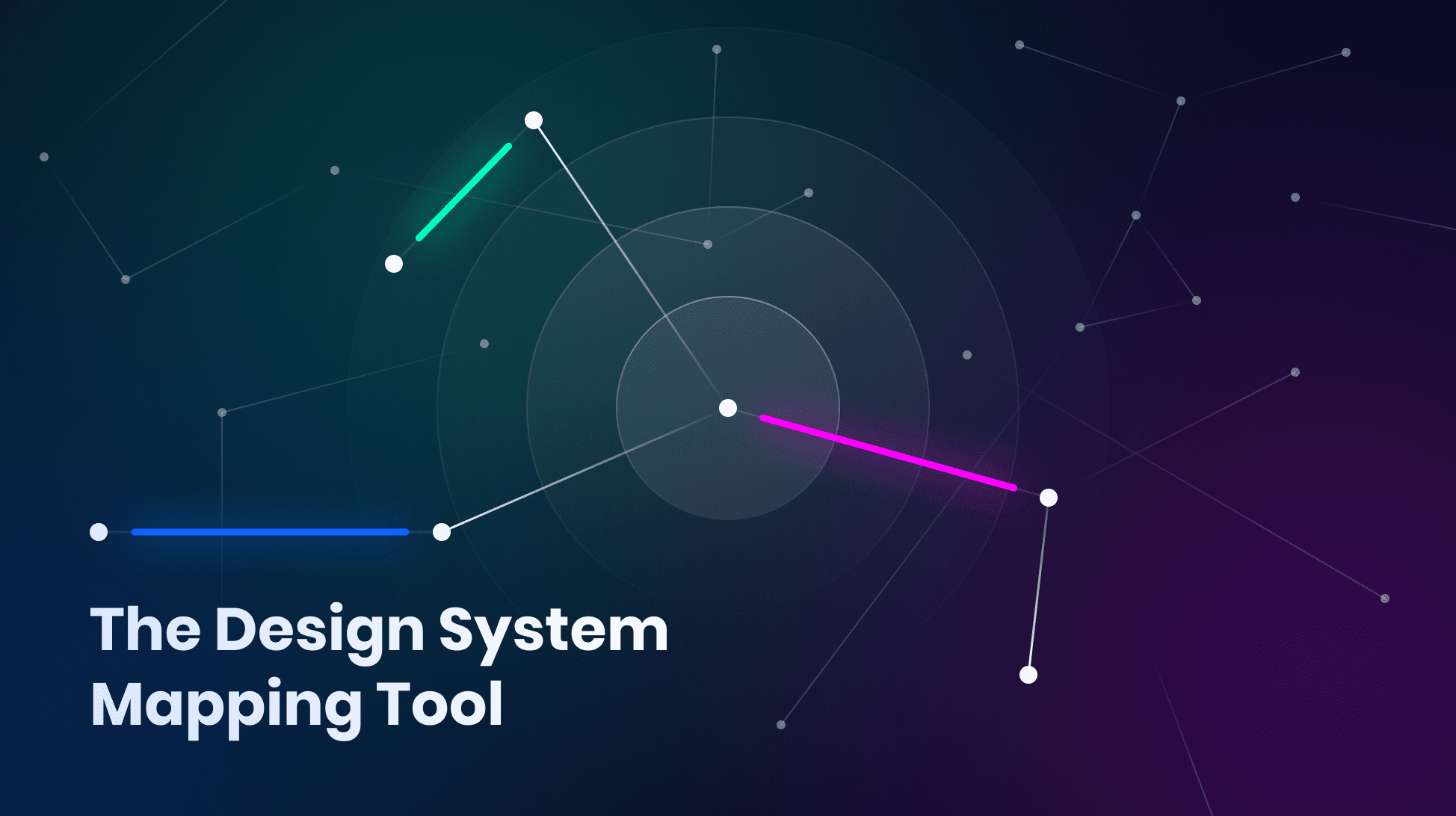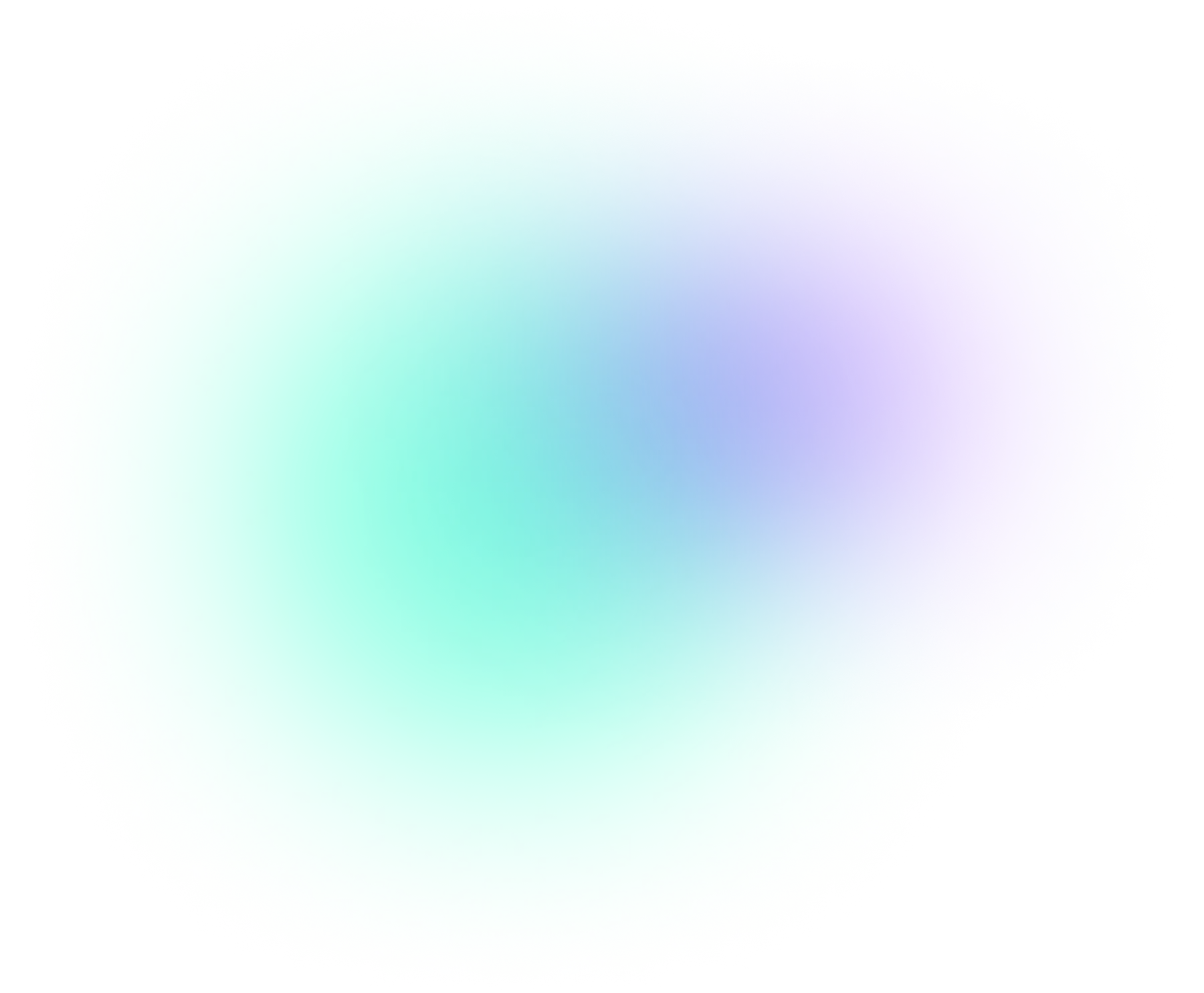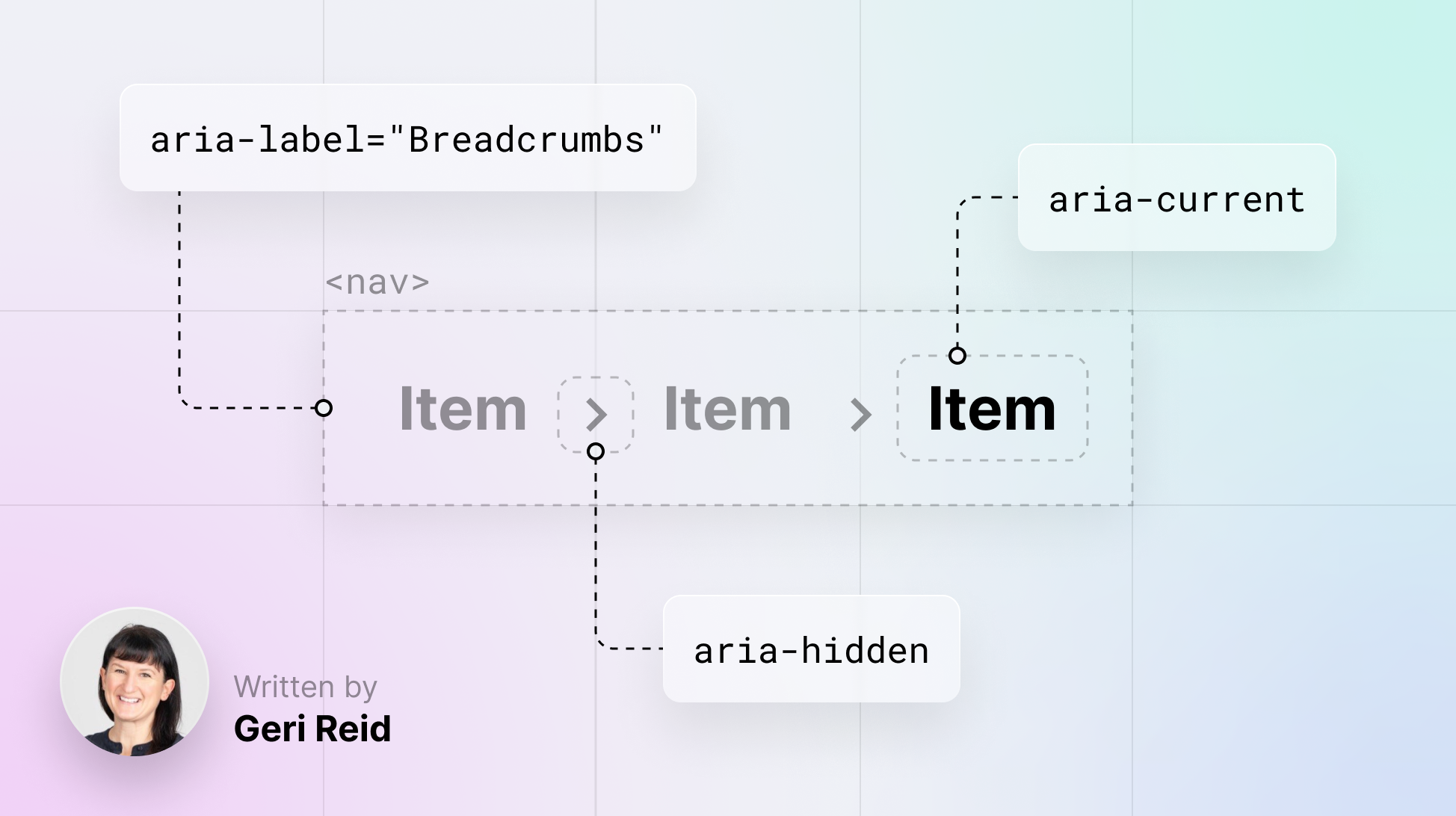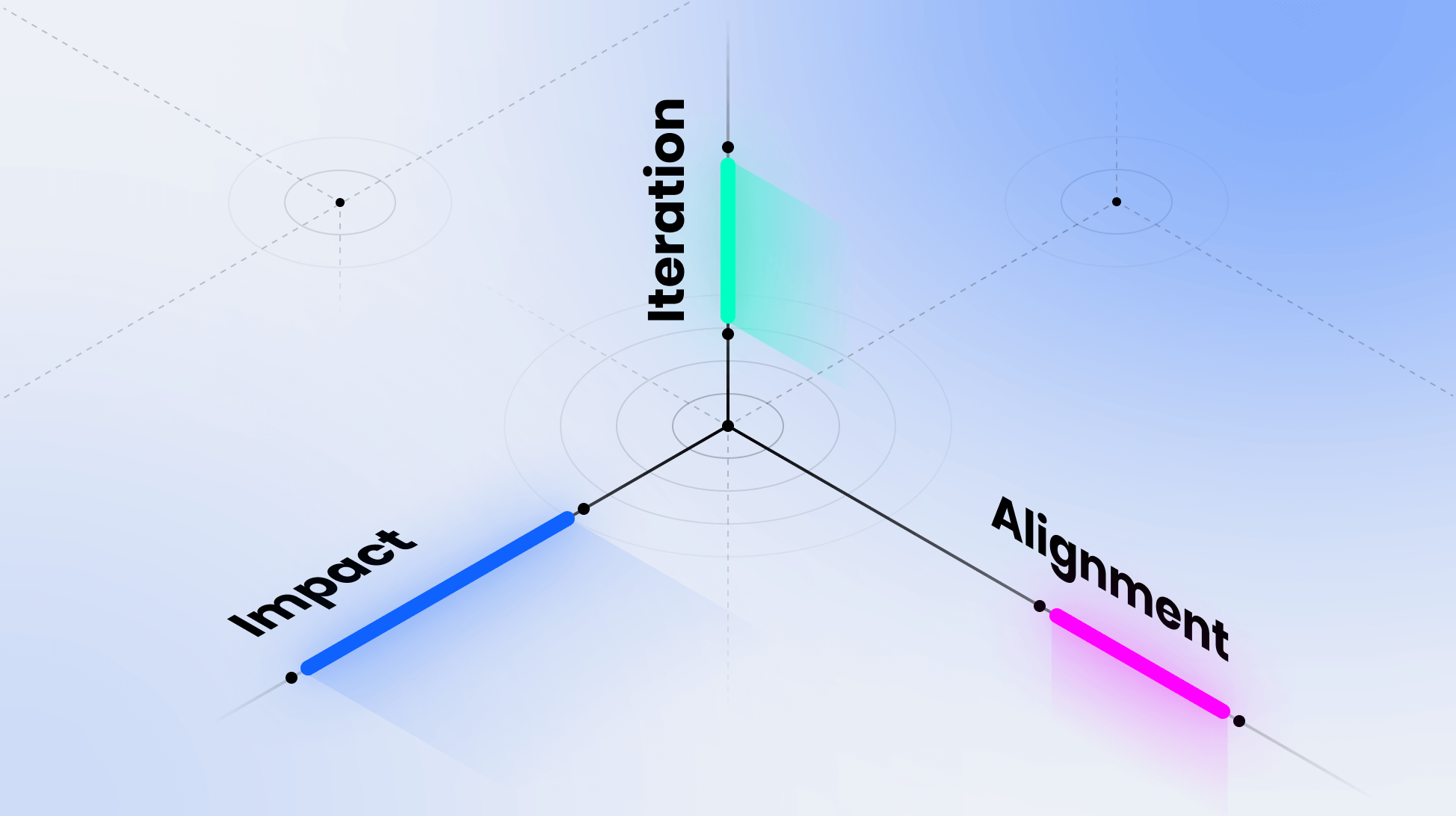Introducing the Design System Mapping Tool: Aligning and Elevating Your Design System
Discover our new Design System Mapping Tool, an easy-to-use resource designed to help teams align and improve their design systems. Test the test today and get your scales, or learn more in our blog post.

.png)
At Supernova, we live and breathe design systems. We noticed that it's typically not so easy to characterize any given design system. We've touched on this in our previous article on the problem with maturity models, so we set out to create something new and innovative — a tool that really gets design systems.
We’re thrilled to introduce the Design System Mapping Tool, an alignment tool designed to empower teams and elevate their design system practices.
The tool is an easy-to-follow test that takes 5-10 minutes, and the result is the map of your design system!
Aligning design systems with ease
The main purpose of the tool is to help anyone using, building, or collaborating on a design system align. Align with what exactly? Well… anything. After hours of sessions with some of our customers and industry experts, all with varying personas, backgrounds, and exposures to design systems — we found every team can have a different idea of how to use it.
You can use it to align with your design system's key members on what it is or align with your team's vision of what you want your design system to become. There are a ton of possibilities, but to do this, we knew the tool had to meet a few key criteria.
Non-judgmental
Design systems are highly contextual and unique to each team's needs. Therefore, the Design System Mapping Tool embraces a non-judgmental approach.
The results of the mapping exercise are presented as a set of scales, where no side of the scale is universally correct. Instead, these scales provide a framework for teams to determine where they currently stand and visualize potential growth areas. Embracing the contextuality of design systems, the mapping model allows teams to shape their design system without any external judgment or rigid benchmarks.
Digestible and conversational
We aimed to make the Design System Mapping Tool as accessible and digestible as possible. With only six scales and a collection of thought-provoking questions, the tool encourages fast alignment discussions among team members, regardless of their roles.
Its simplicity ensures that anyone, from designers and developers to stakeholders, can actively participate and contribute their perspectives. By simplifying the alignment process, the tool becomes a valuable resource for fostering shared understanding and driving collaborative decision-making.
Continuously useful
Our ultimate goal is to make the Design System Mapping Tool useful and something you can continuously come back to. By using this tool, teams can gain insights into their design system's strengths, weaknesses, and growth opportunities.
With a clearer understanding of their system's alignment, teams can strategically plan iterations, prioritize improvements, and enhance the overall efficiency and consistency of their design system. And do it again every couple of months.
Fun and interesting
We wanted the experience of the mapping tool to be fun! Think of it as a personality test for your design system — a chance to explore its unique characteristics and compare it with others.
Through this process, teams can gain a deeper understanding of their design system's identity and how it relates to their organization's goals and aspirations. It's a journey of self-discovery and reflection that sparks curiosity and encourages creative thinking.
Private and yours alone
We respect the sensitive nature of internal tools like design systems. Therefore, we want to assure you that the Design System Mapping Tool is entirely anonymous. No identifiable data is collected test. You'll be able to download your results and keep them offline. We do offer the option to provide your email address if you wish to receive updates from us, but your data is yours to control and manage.
We invite you and your team to take the Design System Mapping Tool and discover new insights into your design system. Whether you're just starting or looking to optimize your existing system, this tool will guide you on your journey toward a more mature and aligned design system.
And if you're looking for more information on your results, read on for all the exciting details.
The design system map explained
The mapping tool assesses your design system across six key scales. Let's explore each scale briefly:
Main Objective
What's the main purpose of your design system?

Enforcing consistency: The design system strongly focuses on consistency, aiming to ensure that users do not vary from the guidelines. This type of design system is considered strict and provides detailed documentation, tokens, code, and guidelines to ensure that designers and developers stick closely to the laid-out rules. It emphasizes maintaining a cohesive and uniform experience across products.
Empowering experiments: This approach focuses on giving designers and engineers the necessary tools and resources to create exciting new things; however, it doesn't imply an inconsistent design system and product. It encourages exploring new patterns and experiences while ensuring they align with the overall brand identity. By empowering experiments, the design system enables the creation of innovative and unique experiences within the boundaries of the established guidelines.
Deliverables
How does your design system help you hit that goal?

Composable components: Your design system emphasizes the use of smaller composable building blocks, allowing users to compose experiences and patterns from these building blocks. This approach provides flexibility and encourages designers and developers to make independent choices based on the available components. It enables the creation of diverse and customizable experiences while maintaining consistency through the underlying design system. More likely to feature components and tokens.
Opinionated experiences: In contrast, your design system takes a more prescriptive approach, providing more opinionated guidelines and predefined experiences. This approach limits individual customization but ensures consistent and cohesive experiences across products. It prioritizes maintaining a strong brand identity and consistent design language throughout the user journey. More likely to feature patterns and UI screens.
Theming
Does your design system support multiple color profiles, brands, or products?

No theming: Your design system does not support different themes, products, or brands. It implies a single unified design system that is consistent across all products and experiences. This approach ensures a cohesive and recognizable brand identity while reducing the complexity of managing multiple themes or variations.
Advanced theming: On the other hand, your design system provides extensive support for customizing themes, allowing visually distinctive brands or products to use the design system while maintaining their unique visual identities. This advanced theming capability enables a broader range of customization options, accommodating diverse brands or products within the design system framework.
Governance
How is your design system governed?

Strong central governance: Your design system is managed by either a dedicated design system team or a multidisciplinary team, ensuring strong central governance. There is a clear approval process for new features, and the team has strict control over the system's evolution. This approach facilitates centralized decision-making, consistency, and a unified vision across the design system.
Loose central governance: In contrast, your design system follows a more decentralized approach, where contributors from different teams have ownership of the design system. This allows for more flexibility, collaboration, and diverse perspectives. It results in a more interconnected ecosystem of systems, with contributors having more autonomy in shaping the design system's evolution.
Structure
How is your design system structured? Is it one source of truth or multiple connected systems?

One centralized system: Your design system is organized as a single centralized system, serving as the central source of truth for all reusable UI components and guidelines. This approach promotes consistency, easy access to shared resources, and efficient maintenance. It ensures that all teams and products align with the same design principles and standards.
A system of connected systems: In contrast, your design system consists of multiple connected systems, with different teams or contributors owning and managing their respective parts. This structure allows for more specialization, autonomy, and customization within individual systems. Effective communication and collaboration between the interconnected systems are necessary to ensure overall consistency and coherence.
Focus
What's the direction your design system is going in?

Expansion: Your design system is currently focused on expansion, actively growing your documentation, and adding new features. It aims to meet the changing needs of the organization and accommodate new requirements. This approach requires continuous development, improvement, and adaptation to evolving design trends and technologies.
Stability: On the other hand, your design system is primarily focused on maintaining the existing system without significant changes or expansions. This approach aims to ensure stability, predictability, and consistent experiences across products. It reduces the risk of introducing new elements or patterns that may disrupt the established design system.
The Design System Mapping Tool awaits you and your team. Embrace this opportunity to enhance collaboration, optimize your design processes, and unlock the full potential of your design system. Take the test now and embark on a journey of discovery and improvement.
Share your results and feedback on the tool with us on Twitter. We'd also love your hear from you!


%20(1).png)
